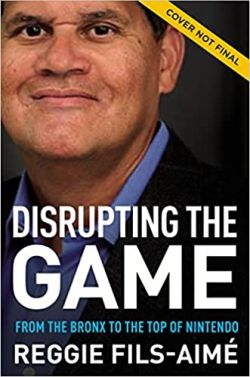 Thanks to his penchant for saying the right thing at the right time, Reggie Fils-Aime completely transformed Nintendo of America’s public image during his tenure as President and Chief Operating Officer from 2006 through 2019. For more than a decade, he played host and ringmaster during Nintendo’s public presentations and his irreverent attitude and larger-than-life persona encouraged fans to look at the company in a new light.
Thanks to his penchant for saying the right thing at the right time, Reggie Fils-Aime completely transformed Nintendo of America’s public image during his tenure as President and Chief Operating Officer from 2006 through 2019. For more than a decade, he played host and ringmaster during Nintendo’s public presentations and his irreverent attitude and larger-than-life persona encouraged fans to look at the company in a new light.
After his retirement in 2019, Fils-Aime put pen to paper and began to write a memoir about his early life, his time in the game industry, and his thoughts about succeeding in business. Over the weekend we learned that the book will be known as Disrupting the Game: From the Bronx to the Top of Nintendo, and that it’ll be published on May 22, 2022 by HarperCollins Leadership:
Although he’s best known as Nintendo’s iconic President of the Americas-immortalized for opening Nintendo’s 2004 E3 presentation with, “My name is Reggie, I’m about kicking ass, I’m about taking names, and we’re about making games”-Reggie Fils-Aime’s story is the ultimate gameplan for anyone looking to beat the odds and achieve success.
Learn from Reggie how to leverage disruptive thinking to pinpoint the life choices that will make you truly happy, conquer negative perceptions from those who underestimate or outright dismiss you, and master the grit, perseverance, and resilience it takes to dominate in the business world and to reach your professional dreams.
Disrupting the Game will also touch on Fils-Aime’s “humble childhood as the son of Haitian immigrants,” as well as how to “maintain relentless curiosity and know when to ask questions to shatter the status quo.”
As Fils-Aime famously said when introducing the Wii Balance Board and Wii Fit in 2007… my body is ready.
UPDATE (2/2/22): HarperCollins Leadership has announced that Disrupting the Game: From the Bronx to the Top of Nintendo will be published on May 3, 2022.
UPDATE (5/3/22): Disrupting the Game: From the Bronx to the Top of Nintendo is now available in stores, and Reggie was kind enough to share an excerpt from the book, all about his quest to convince Satoru Iwata and Shigeru Miyamoto to bundle every Wii with a copy of Wii Sports, with The Washington Post.

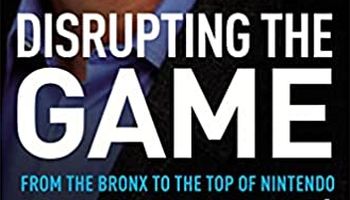
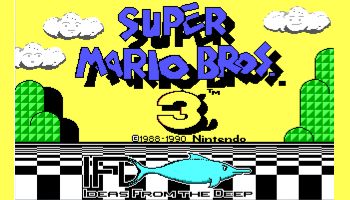
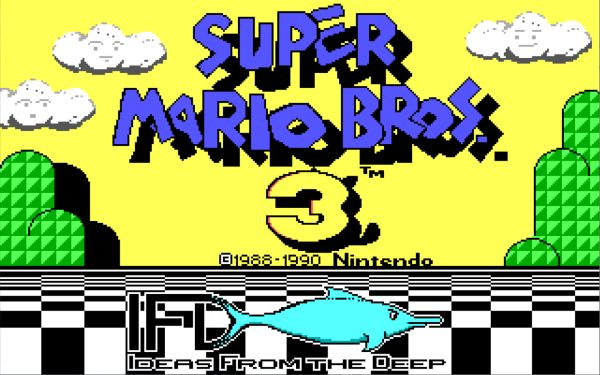
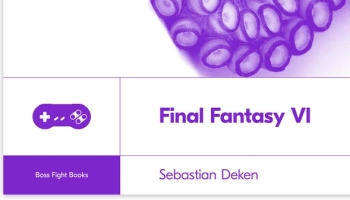
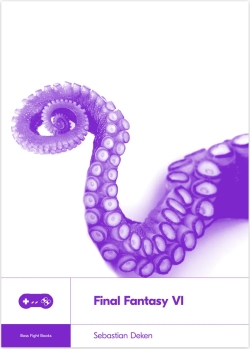
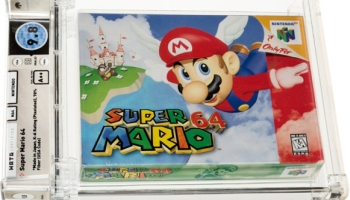

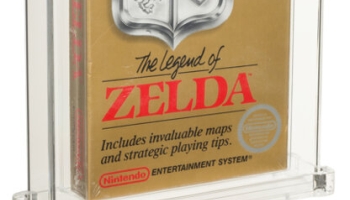
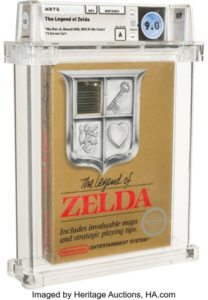
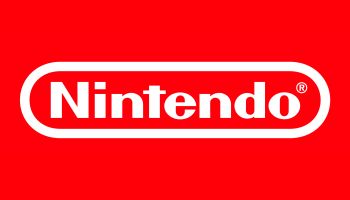
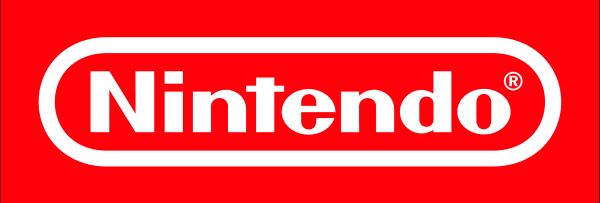
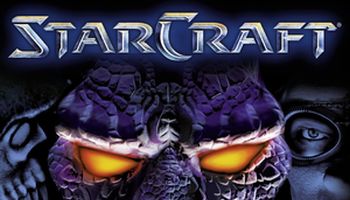
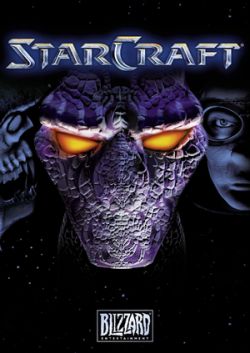 There’s a lot that can link two video games together. Sometimes it can be as simple as a few developers in common, but other times it can be an influential game mechanic or even a subtle in-game reference that hints at a connection between two universes.
There’s a lot that can link two video games together. Sometimes it can be as simple as a few developers in common, but other times it can be an influential game mechanic or even a subtle in-game reference that hints at a connection between two universes. 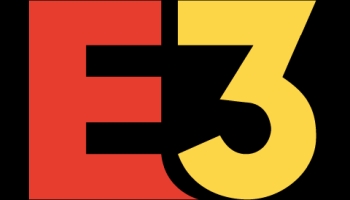
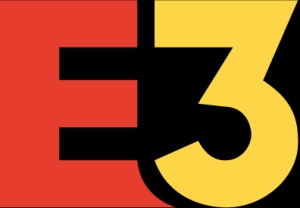 The future of the E3 Expo is once again on shaky ground.
The future of the E3 Expo is once again on shaky ground.

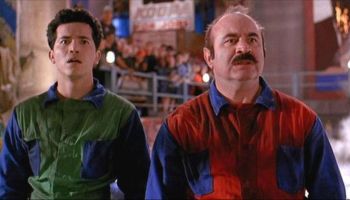
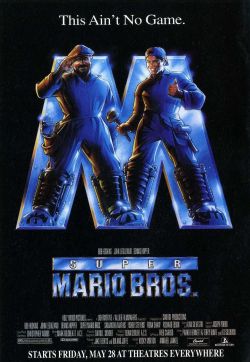 That headline might sound like some kind of bizarre April Fool’s Day hoax, but I promise, every word of it is true. Someone (two someones, actually) found an extended director’s cut of the Super Mario Bros. movie adaptation from 1993 on an old VHS tape.
That headline might sound like some kind of bizarre April Fool’s Day hoax, but I promise, every word of it is true. Someone (two someones, actually) found an extended director’s cut of the Super Mario Bros. movie adaptation from 1993 on an old VHS tape.